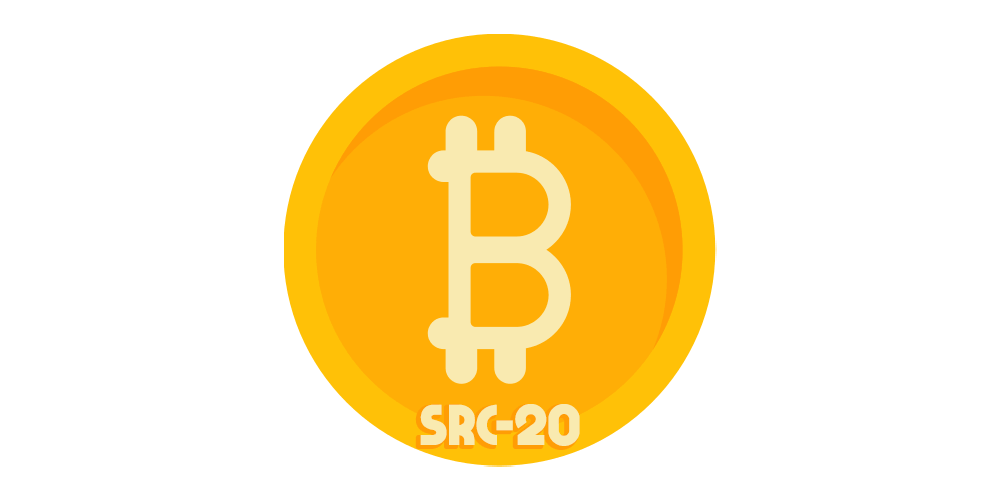The SRC-20 token standard is specifically made for generating and controlling tokens, particularly Bitcoin Stamps, on the blockchain of Bitcoin. SRC-20 allows for the inclusion of data in Bitcoin transactions, just like the BRC-20 standard, but with different methods of data embedding.
Bitcoin Stamps, also known as SRC-20 tokens, are digital collectibles that are stored on the blockchain of Bitcoin. In the beginning, they used the Counterparty protocol to transform images into encoded files and share them with the Bitcoin network.
Bitcoin Stamps stands out with its unique storage method, which utilizes unspent transaction outputs (UTXOs) rather than witness data. UTXOs can be compared to the remaining balance after a Bitcoin transaction.
The emergence of SRC-20 tokens has greatly broadened the capabilities of Bitcoin, turning it into a flexible platform rather than just a store of value. Nevertheless, this transformation has sparked discussions, as some see it as a departure from Bitcoin’s original intent as envisioned by Satoshi Nakamoto.
SRC-20 tokens need to adhere to certain requirements to be created correctly. They are only able to represent specific image file formats and are restricted to a maximum size of 24×24 pixels. Every Bitcoin Stamp must come with a distinct identifier and is generated by including “stamp:base64” in a fresh transaction.
SRC-20 tokens are gaining popularity despite worries about their effect on blockchain size and transaction fees. They are seen as a driving force behind the excitement for non-fungible tokens (NFTs) in the Bitcoin community. These tokens are considered more secure and unchangeable compared to other standards because they cannot be pruned. Notable SRC-20 tokens include PEPE SRC, KEVIN, STAMP, and SATO.
Features of SRC-20?
Let’s explore the features for SRC-20 tokens:
- Data storage method: Using UTXOs for permanent data embedding.
- Token characteristics: Including file type limitations and unique identifier requirements.
- Minting process: Involving the conversion of images to text, encoded as Base64 files.
- Transaction and decoding: Featuring a unique encoding method for data embedding.
Conclusion
The SRC-20 standard is specially made for Bitcoin Stamps and it is known for its distinct data embedding methods that are different from the BRC-20 standard. Bitcoin Stamps, which are digital collectibles falling under the SRC-20 category, initially utilized the Counterparty protocol to embed data in Bitcoin transactions. This technology used unspent transaction outputs (UTXOs) to store data permanently and immutably on the blockchain.
Despite the growing popularity of SRC-20 tokens and their role in fostering NFT enthusiasm on Bitcoin, the evolution of Bitcoin through these tokens has sparked debate within the crypto community. Some view this shift as a deviation from the original vision of Bitcoin’s creator, Satoshi Nakamoto.
